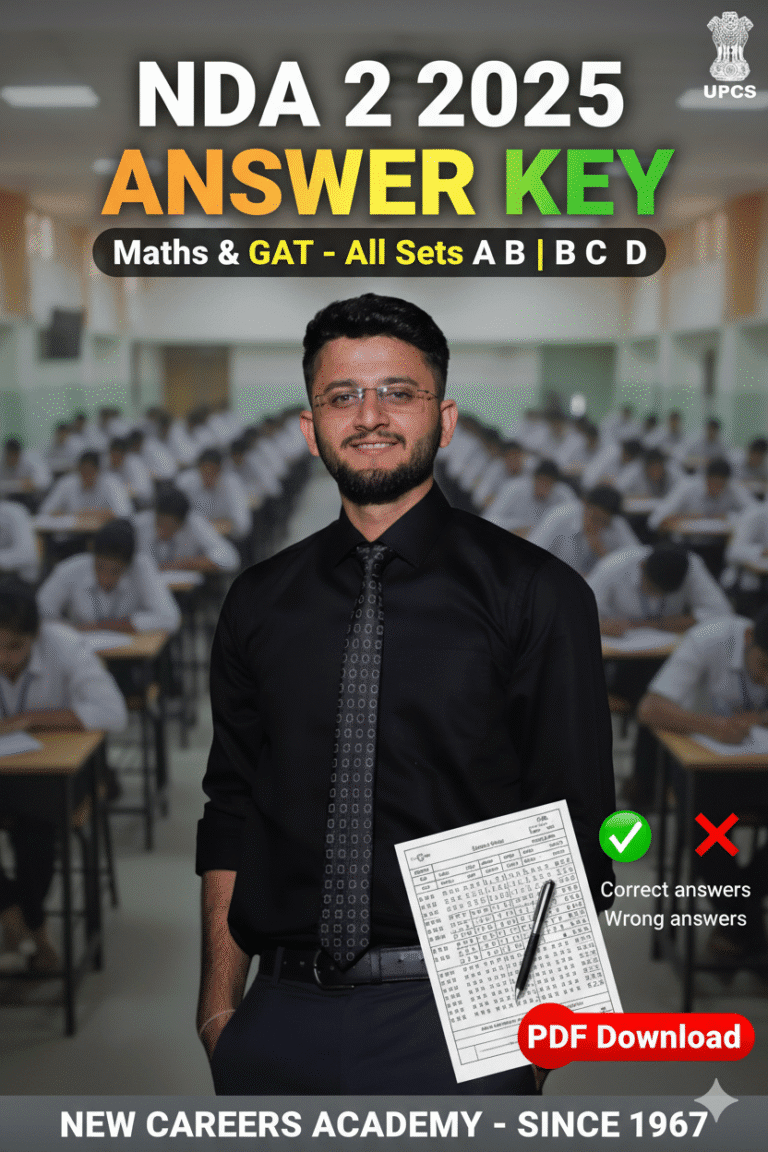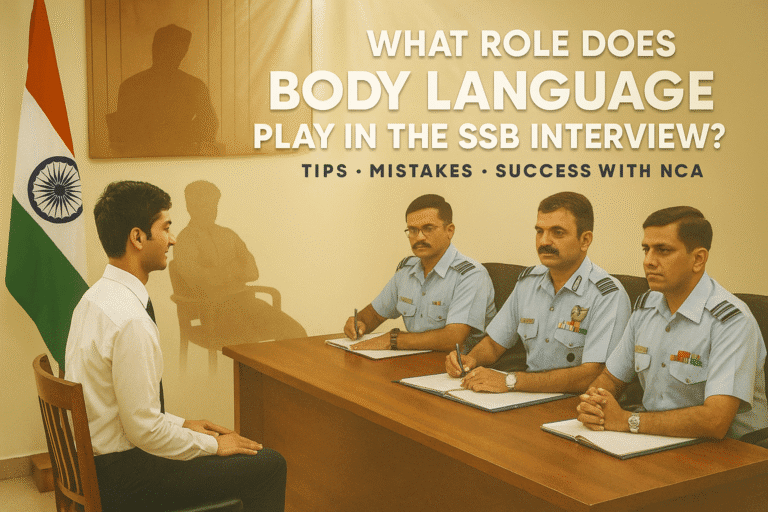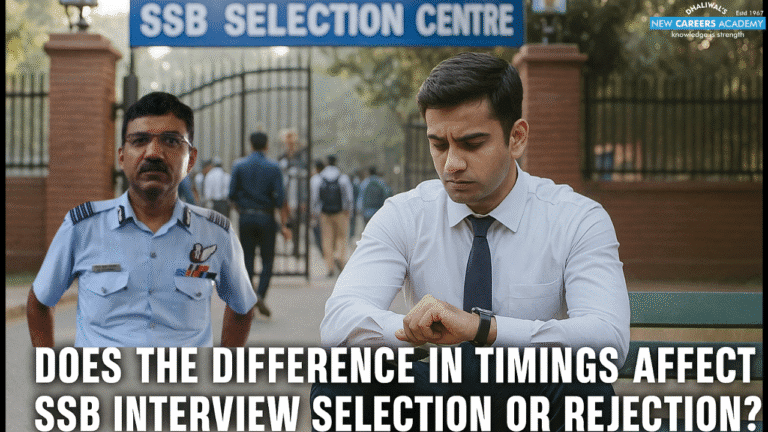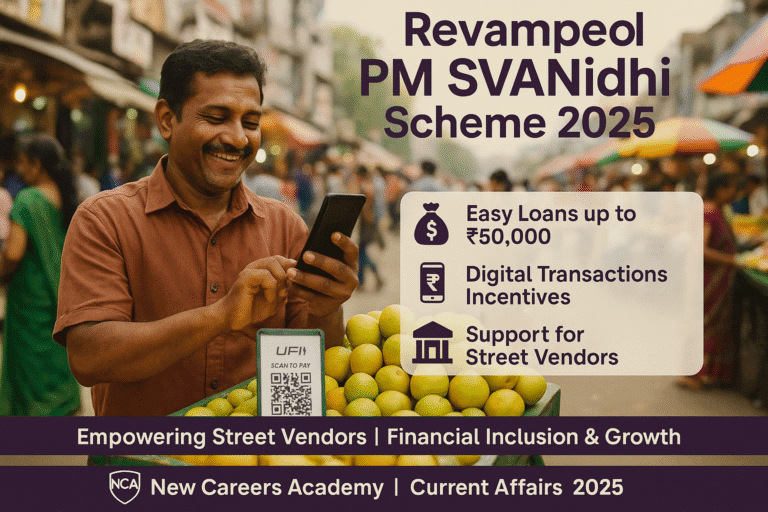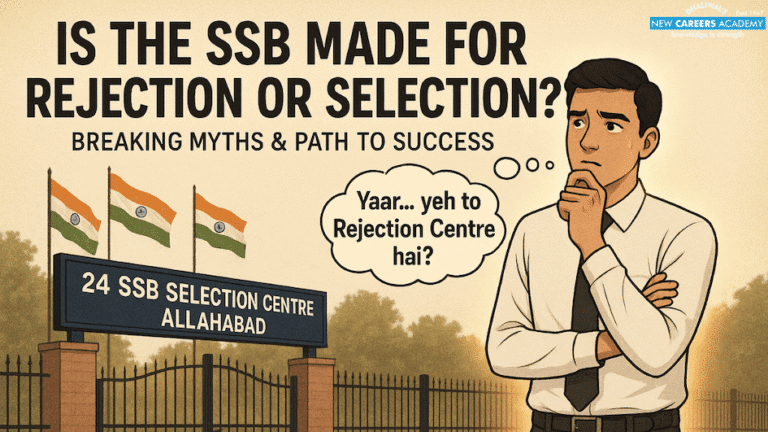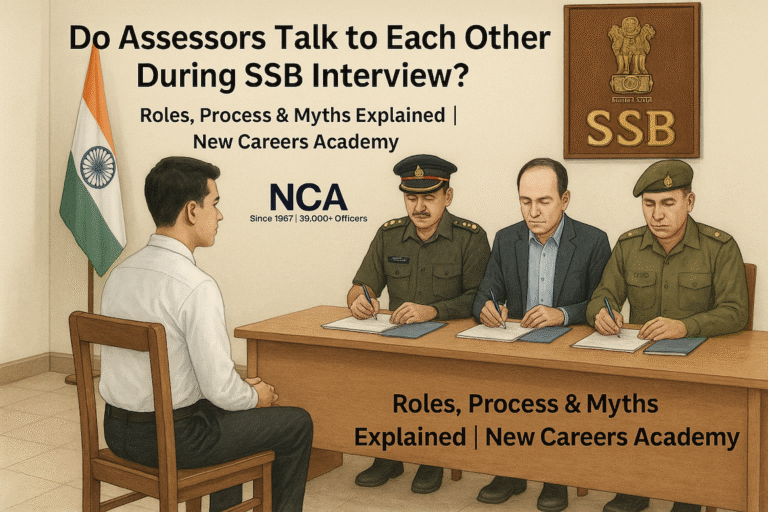ARTICLE 15 The Core Mandate: Prohibition of Discrimination in Indian Constitution
Article 15 Of Indian Constitution begins with a powerful negative command to the State, which is then extended to private individuals in certain contexts.

Article 15(1): No State Discrimination
This clause states: “The State shall not discriminate against any citizen on grounds only of religion, race,caste, sex, place of birth or any of them.“
The key elements of this clause are:
- “The State”: The prohibition is directed at the State, as defined under Article 12, which includes the executive and legislative organs of the Union and states, as well as local and other authorities.
- “Citizen”: This right is exclusively available to the citizens of India.
- “Discriminate”: This means to make an adverse distinction or to treat someone less favourably than others.
- “On grounds only of”: This phrase is crucial. It means that the prohibited grounds (religion, race, caste, sex, place of birth) cannot be the sole basis for discrimination. If the discrimination is based on any of these grounds plus another ground, it may be permissible, provided it satisfies the test of reasonable classification under Article 14. However, the judiciary has often looked at the substantive effect of the law to determine if it is discriminatory.
Article 15(2): Horizontal Application and Access to Public Places
This clause extends the prohibition of discrimination to a horizontal level, i.e., between citizens themselves. It mandates:
“No citizen shall, on grounds only of religion, race, caste, sex, place of birth or any of them, be subject to any disability, liability, restriction or condition with regard to— (a) access to shops, public restaurants, hotels and places of public entertainment; or (b) the use of wells, tanks, bathing ghats, roads and places of public resort maintained wholly or partly out of State funds or dedicated to the use of the general public.“
This provision was a direct assault on the deeply entrenched social evils of untouchability and other forms of social segregation practiced in pre-independence India. It ensures that every citizen has unrestricted access to public spaces, thereby promoting social equality.
The Enabling Clauses: Paving the Way for Affirmative Action
While the first two clauses prohibit discrimination, the subsequent clauses carve out exceptions, empowering the State to make special provisions for certain sections of society to achieve substantive equality.
Article 15(3): Special Provisions for Women and Children
This clause allows the State to make special provisions for women and children. This is a form of “protective discrimination” aimed at ameliorating the socio-economic and political status of women and ensuring the welfare of children. Laws providing for maternity benefits, reservation of seats for women in local bodies, and the establishment of the National Commission for Women are all enabled by this provision. In Yusuf Abdul Aziz v. State of Bombay (1954), the Supreme Court upheld the constitutional validity of Section 497 of the Indian Penal Code (which criminalized adultery on the part of the man but not the woman) by taking recourse to Article 15(3). However, this judgment was later overruled in Joseph Shine v. Union of India (2018), where the court held that a provision that perpetuates gender stereotypes cannot be saved by Article 15(3).
Article 15(4): Provisions for Backward Classes, SCs, and STs
This clause was added by the First Constitutional Amendment Act, 1951, as a direct consequence of the Supreme Court’s judgment in State of Madras v. Srimathi Champakam Dorairajan (1951). In this case, the court struck down a government order that provided for caste-based reservations in educational institutions, holding it to be violative of Article 29(2) (which prohibits denial of admission on grounds of religion, race, caste, etc.).
Article 15(4) empowers the State to make special provisions for the advancement of “socially and educationally backward classes of citizens or for the Scheduled Castes and the Scheduled Tribes.” This clause forms the constitutional basis for reservations for these communities in public educational institutions.
Article 15(5): Reservation in Private Educational Institutions
Added by the 93rd Constitutional Amendment Act, 2005, this clause empowers the State to make special provisions for the advancement of backward classes, SCs, and STs regarding their admission to educational institutions, including private educational institutions, whether aided or unaided by the State, other than minority educational institutions.
This amendment was enacted to nullify the effect of the Supreme Court’s judgment in P.A. Inamdar v. State of Maharashtra (2005), which had held that the State could not impose its reservation policy on private unaided colleges. The validity of this amendment was upheld in Ashoka Kumar Thakur v. Union of India (2008).
Article 15(6): Provisions for Economically Weaker Sections (EWS)
Introduced by the 103rd Constitutional Amendment Act, 2019, this is the most recent addition to Article 15. It empowers the State to make special provisions for the advancement of any “economically weaker sections” of citizens. It further allows for a reservation of up to 10% for such sections in educational institutions, including private institutions (except minority educational institutions). This reservation is in addition to the existing reservations.
The constitutional validity of this amendment was challenged on several grounds but was ultimately upheld by the Supreme Court in a 3:2 majority verdict in Janhit Abhiyan v. Union of India (2022). The majority held that reservation based solely on economic criteria is permissible and does not violate the basic structure of the Constitution.
Judicial Interpretation and Contemporary Relevance
The judiciary has played a pivotal role in interpreting the scope of Article 15:
- Meaning of “Sex”: In a landmark judgment, National Legal Services Authority (NALSA) v. Union of India (2014), the Supreme Court broadened the interpretation of “sex” to include “gender identity.” It held that discrimination on the ground of gender identity is a violation of Article 15. Subsequently, in Navtej Singh Johar v. Union of India (2018), while decriminalizing consensual same-sex relations, the court held that discrimination on the basis of “sexual orientation” is a violation of Article 15.
- Reservation Policy: The judiciary has been central to the debate on reservations. In the seminal case of Indra Sawhney v. Union of India (1992), the Supreme Court, while upholding the 27% reservation for Other Backward Classes (OBCs), laid down the “creamy layer” rule, which excludes the affluent sections of backward classes from accessing reservation benefits. It also capped the total reservation at 50%, a limit that the EWS reservation has now breached, leading to ongoing legal debates.
Article 15 of the Indian Constitution is a multifaceted provision that embodies the principle of equality in its most concrete form. It acts as a bulwark against discrimination based on immutable characteristics while simultaneously empowering the State to take corrective measures to undo historical injustices. Its journey, marked by several constitutional amendments and landmark judicial pronouncements, reflects the continuous societal and legal struggle to balance the ideals of formal equality with the imperatives of substantive social justice. In its dual capacity as a prohibitory and an enabling right, Article 15 remains a vital tool for fostering an inclusive and equitable society in India.

